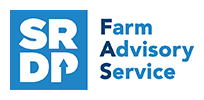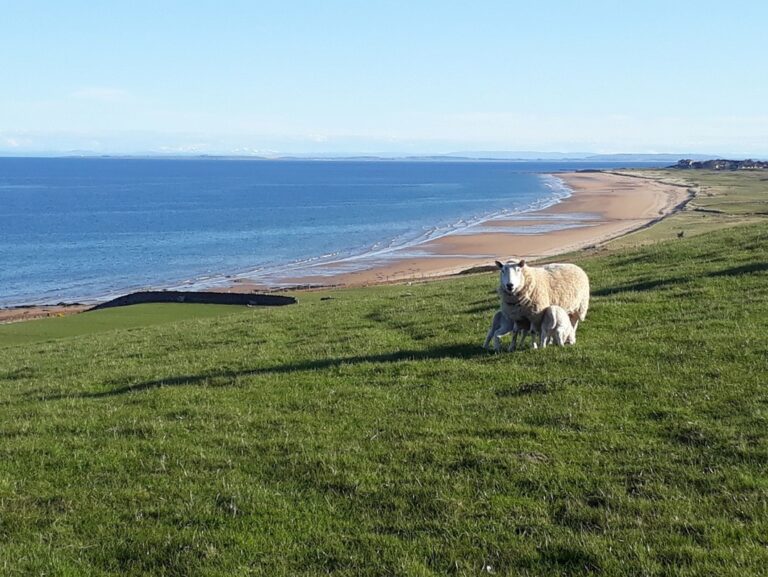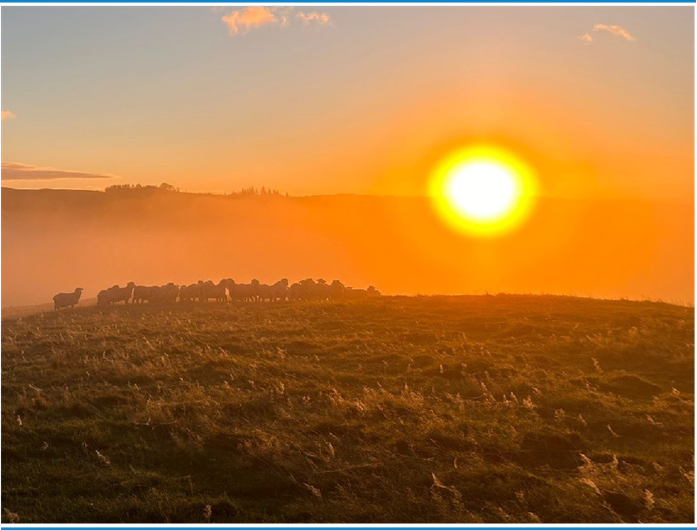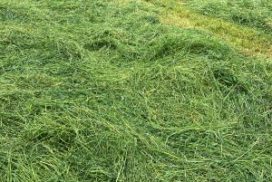Sustainable Sheep Systems
To be sustainable into the future, sheep systems must first and foremost be profitable whilst at the same time maintaining and enhancing the farm environment - pasture, soils and biodiversity - and meeting the social goals, including work life balance, of all those involved.
Changing subsidy systems, reduced labour availability and increasing input costs mean that productive, low input, easy managed flocks are the future of sheep production. This project is all about forage based sheep systems that optimise production of grass and forage, to reduce reliance on purchased feed and other inputs to optimise profit.
Sustainable worm control, achieving effective control whilst limiting development of anthelmintic resistance is a key part of the long term sustainability of sheep systems. There’s content on this, as well as genetic selection to breed sheep that are more productive, disease resistant, less work and suit low input forage based and outdoor lambing systems.
We’ve got a suite of webinars, and short videos, featuring forward thinking farms, researchers and advisers, on all aspects of sheep production including grazing strategies, forage crops flock management, outdoor lambing, disease control and breeding selection.
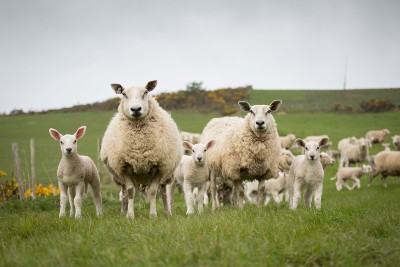
Jump to section:
Series 4 - Consumer Driven Sustainability
Clynelish Case Study
Jason and Vic Ballantyne farm 125 ha (309 acres) on a secure tenancy at Clynelish Farm in Brora, alongside a further 50 ha (123 acres) on a contract farming agreement 1 mile away, 34 ha of which is hill ground. The business utilises several seasonal holdings including crofts and common grazings to away winter stock. This lets the pasture platform at Clynelish rest during the winter for the ewes returning pre-lambing to optimise nutrition and negate the need for supplementary feeding.
Series 3 - Health Campaign
Viewfield Case Study
The Maxwell family, Marcus, Kate and son Murphy, farm 2,100 ac (850 ha) of grassland at Viewfield and neighbouring units, alongside 900 ac (364 ha) on tenancy at a hill unit 6 miles away. Read how the Maxwell family at Viewfield have developed a sustainable low input productive flock through a focus on functional genetics and production off forage.
Series 2 - Grazing Strategies
Series 1 - Improving Production
Publications
Sign up to the FAS newsletter
Receive updates on news, events and publications from Scotland’s Farm Advisory Service
